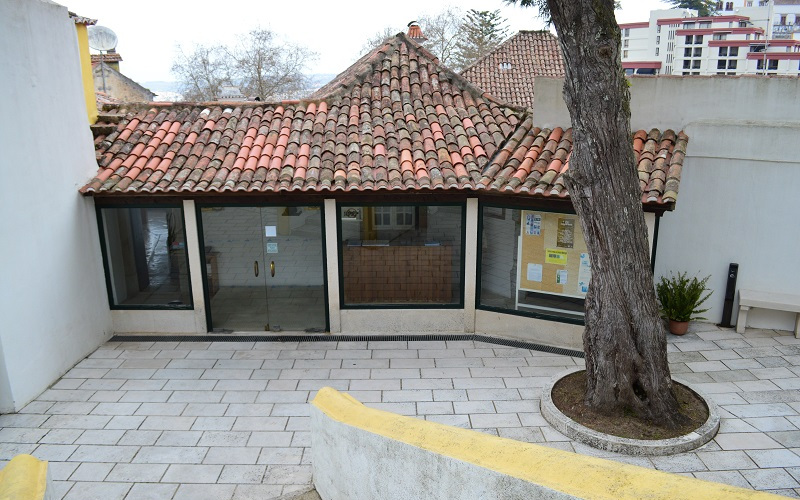
As writer Ferreira de Castro had expressed his wish that his remains should remain in Sintra - as came to happen - he gladly accepted the suggestion made by two notable writers, one from Sintra and one from Lisbon, encouraging him to make this donation. These two notables were Francisco Costa, the then-director of the Municipal library, and Alexandre Cabral, who had a considerable bibliographic and document collection in Camiliana de Sintra, which he used in his research.
However, the first mentor of this idea was António José Pereira Forjaz, then-president of the City Council, who, in a letter dated 10 April, 1973, addressed to the novelist, profusely manifests his delight that the donation has been confirmed compliant with legal provisions.
The museum opened its doors on 6 June, 1982. It closed for construction work three years later, and would reopen on 22 July 1992, after the exhibits had been remodelled, and a new visitor guide had been created.
The Ferreira de Castro Museum chronologically presents the writer's life journey, grouped into thematic exhibits:
- "Childhood" (1898-1911) refers to the writer's boyhood in his "native village" of Salgueiros, in the civil parish of Ossela, municipality of Oliveira de Azeméis, where he had intimate contact with the green surrounding nature of the region, which would make a lasting impression on him.
- "In Brazil - From the Amazon jungle to Belém do Pará" (1911-1919), gives an account of the time when, as a lone child, Ferreira de Castro lived alone, in a rubber tree forest in the Amazon (until 1914), and his dramatic and rocambolesque experience in Belém. Of the many objects of interest on display, we highlight the manuscript for Criminoso por Ambição [The Crime of Ambition], Parintintín Indian masks (a tribe now extinct), earth from the rubber tree forest where Castro worked, and copies of Criminoso por Ambição and Alma Lusitana [Lusitanian Soul], both from 1916, and his first published titles.
- "O Regresso - Jornalismo e obra renegada" [The Return - Journalism and Renegade Work] (1919-1927) shows some of his journalistic work and displays book from Ferreira de Castro's first phase - from Mas... [But...] (1921) to O Voo nas Trevas [The Flight in Darkness] (1927) --, which he excluded from his complete works, and are today bibliographic rarities.
- "Triunfo - De Emigrantes à direção de O Diabo" [Triumph - From Emigrants to The Devil's Direction] (1928-1935); "O Último Vagamundo [The Last Wanderer] (travels, 1929-1939); "O Mestre - De A Tempestade a Os Fragmentos" [The Master - From the Tempest to the Fragments] (1940-1974) cover the time when Ferreira de Castro was a prominent author in Portugal. This is the period where he writes Jungle. A tale of the Amazon rubber-tappers, Terra Fria [Cold Earth], A Lã e a Neve [Wool and Snow], A Curva da Estrada [The Bend on the Road], The Mission...
He is the most translated Portuguese writer of his day. The last room presents translations of his works in several languages.
On the whole, visitors will come into contact with rare editions, manuscripts, personal objects, original illustrations for his books, and other items related to the novelist's life. The Museum also presents original canvases and drawings by Arlindo Vicente, Bernardo Marques, Cândido Portinari, Elena Muriel, Jorge Barradas, José Rodrigues, Júlio Pomar, Roberto Nobre and Stuart Carvalhais, among others.
Opening hours
Tuesday to Friday: 10:00 am to 6:00 pm
Saturday and Sunday: 12:00 to 18:00
Closed on Monday
Closed on holidays:
- January 1st;
- Easter Sunday;
- May 01;
- December 24th, 25th and 31st.
Admission Free
Features and services
Guided tours
Toilets
Rua Consigleri Pedroso, nº 34
2710 - 550 Sintra
GPS: 38°47'45.6"N 9°23’33.0”W
Phone: +351 219 238 828
Email: This email address is being protected from spambots. You need JavaScript enabled to view it.






